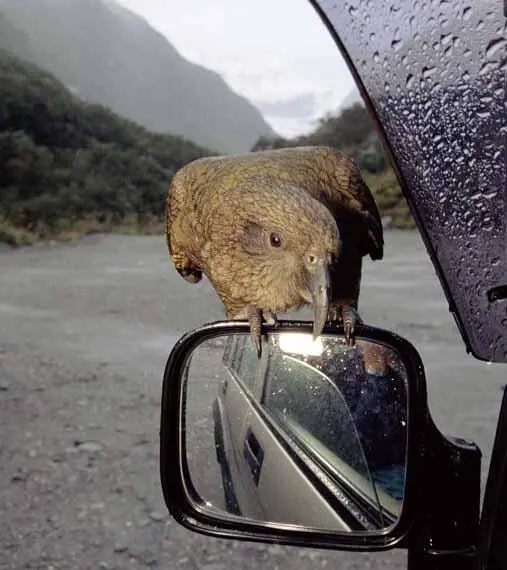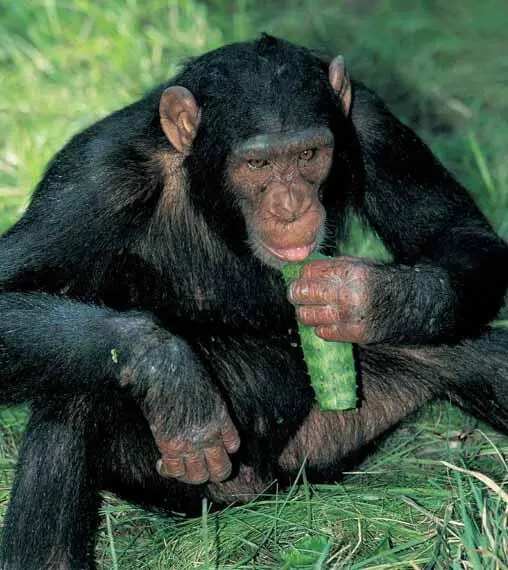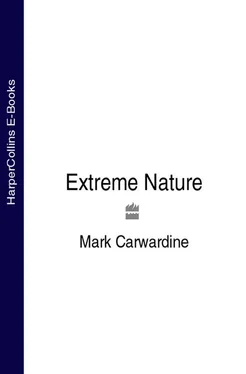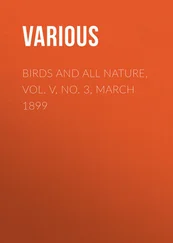A song can last for as long as half an hour, and as soon as the whale has finished, it often goes back to the beginning and sings it all over again. Each song consists of several main components, or phrases, which are always sung in the same order and repeated a number of times, but are forever being refined and improved. All the humpbacks in one area sing broadly the same song, incorporating each other’s improvisations as they go along. This means that the song heard one day is different from the one being heard several months later and, in this way, the entire composition changes over a period of several years.
Meanwhile, humpback whales in other oceans sing very different compositions. They probably all croon about the same trials and tribulations in life, but the differences are so distinctive that experts can tell where a whale was recorded simply by listening to the intricacies of its own special song.
| NAME |
isopod Cymothoa exigua |
| SIZE |
up to 4 cm long |
| ABILITY |
eating and then mimicking the tongue of the spotted rose snapper fish |
© Matthew Gilligan
This is probably the world’s most specialised and gruesome isopod – one of a group of crustaceans including woodlice, marine gribbles and slaters. Most isopods lead perfectly normal lives as herbivores, scavengers or carnivores, but some are parasites. Cymothoa exigua has a tendancy to select the mouth of the spotted rose snapper fish for its hangout.
Latching on to the fish’s tongue with its hooked legs (pereopods), it feeds on mucus, blood and tissue, gradually eating away the tongue. Gripping onto the tongue stub, the isopod then effectively becomes the fish’s tongue, growing as its host grows and feeding on particles of meat that float free as the fish eats. The biggest individual isopod recorded was 39mm (1.5in), but presumably it can grow to be as big as the fish needs its tongue to be.
Perhaps the practice is not as gruesome as it looks, as the rose snapper can continue to feed, but no one knows whether a time comes when Cymothoa decides to let go and get a taste of blood in someone else’s mouth. Strangely, the relationship between the fish and its parasite has been observed only in the Gulf of California, or Sea of Cortez, though the fish is found in the eastern Pacific, from Mexico to Peru. It is the only known example of a parasite replacing not just a host’s organ but also its function (to hold prey) – a hard act to swallow.
| NAME |
kea Nestor notabilis |
| LOCATION |
New Zealand |
| ABILITY |
curiosity |

© Tui De Roy/Minden Pictures/FLPA
Parrots are highly inquisitive, but even among parrots, keas are exceptional. They’re native to New Zealand’s South Island, a cold, snowy, unparrotlike place where keas have to use all their wits to find a meal. While parrots elsewhere are flying from one conspicuous fruit to another, keas are searching under rocks and bark and in bushes, cones and shells for food such as roots, shoots, berries or insect larvae. This and a mountainous habitat virtually free of predators has, over 2.5 million years of evolution, made them insatiably curious. And they’re especially drawn to things they’ve never seen before. So when humans arrived in New Zealand, the keas were delivered a bonanza of new objects to investigate for food.
Nowadays great sources of fascination are camping grounds and ski-resorts. These parrots are large and have powerful beaks, and they can rip right through a canvas tent for the sheer joy of investigation. A particular favourite is the rubber on cars – windscreen wipers mainly. One gang of keas is said to have ripped out the rubber lining around the windscreen of a tourists’ hire car, causing the glass to fall inwards and opening up the interior. When the tourists returned, they found clothes, food and car parts scattered in the snow, while the keas appeared to be playing a game of football with an empty Coke can. The birds then retreated and watched – with great curiosity, it seemed – to see what the tourists would do about it.
| NAME |
chimpanzee Pan troglodytes |
| LOCATION |
forests in East, West and Central Africa |
| ABILITY |
self-medication |

© Steve Robinson/NHPA
Yes, humans are the biggest drug-users. But we are not the only ones who use drugs, and we are only just beginning to discover the pharmaceutical knowledge of other animals. The current top-of-the-list user is the chimpanzee. Like us, chimps get stomach ache from time to time after overeating or consuming toxins. They also get parasites and diseases, and stressed animals usually end up feeling pretty ill.
It’s not surprising that an intelligent primate such as a chimp, which learns by trial and error and example, should have started to use medicinal products, since their forest habitat is full of them. In Tanzania, chimps suffering from diarrhoea have been seen using the leaves of the ‘bitter leaf’ tree that local people know as a medicine for malaria, amoebic dysentery and intestinal worms. Across Africa, chimps have been seen seeking out rough-leafed plants, plucking whole leaves from them, carefully folding the leaves, rolling them around in their mouths and then swallowing them. Excreted whole, the leaves push out parasites such as intestinal worms.
Many other animals also appear to self-medicate. Capuchin monkeys have been seen rubbing their fur with pungent plants that contain healing and insect-repellant properties. Black lemurs rub insect-killing chemicals from millipedes onto their fur. An elephant has been observed seeking out labour-inducing leaves of a tree just before giving birth. Given our increasing need for new antibiotics and remedies, such examples provide a good reason to keep nature’s pharmacy intact by respecting the environment.
| NAME |
box jellyfish Chironex fleckeri |
| LOCATION |
near-shore waters of parts of Australia and South-east Asia |
| ABILITY |
causing excruciating pain and possible death |
© Valerie & Ron Taylor/ardea.com
Some say this is the world’s most venomous animal, but this depends what you mean. Is it the venomous creature you are most likely to encounter, does it kill more people than any other, or are the chemicals most toxic? Certainly, a single box jellyfish contains enough venom to kill at least 60 people, and many do die after being stung.
Though the jellyfish has no desire to kill humans, it is a hunter. An adult box jellyfish – as large as a human head, with tentacles up to 4.6m (15ft) long – has a full array of powerful stinging cells, called nematocysts, and hunts mainly fish. It is very active (unlike many other jellyfish) and jet-propels itself through the sea in search of prey. It’s also transparent, ensuring that fish (and humans) don’t spot its deadly tentacles.
Читать дальше












![Various - Birds and Nature Vol. 11 No. 3 [March 1902]](/books/745532/various-birds-and-nature-vol-11-no-3-march-1902-thumb.webp)
![Various - Birds and Nature Vol. 9 No. 3 [March 1901]](/books/745788/various-birds-and-nature-vol-9-no-3-march-1901-thumb.webp)